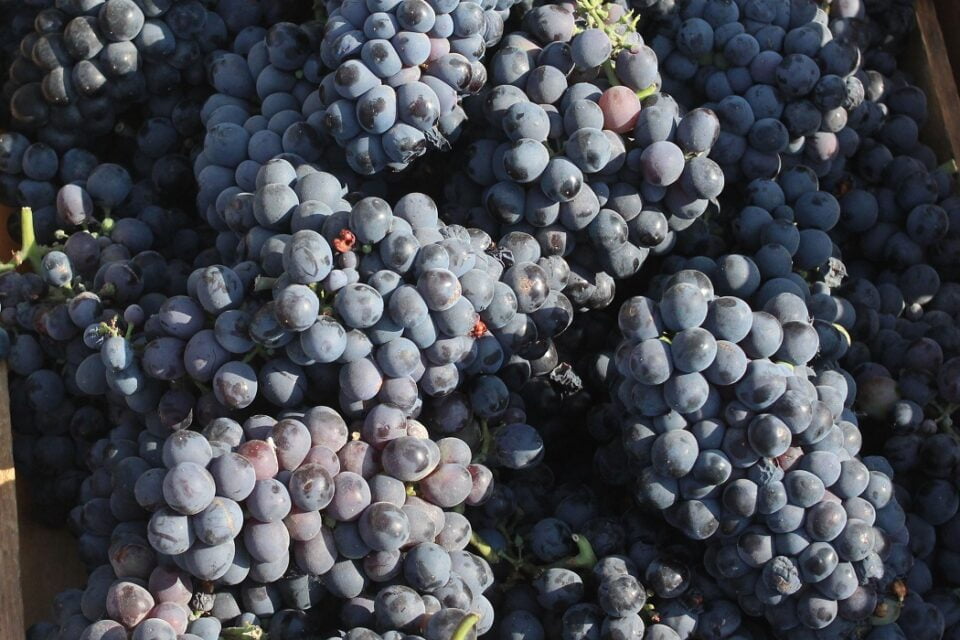Over the past two decades, plant breeders of the Institute of Horticulture, Viticulture, and Vegetable Growing of the Academy of Agricultural Sciences of Tajikistan created a wide range of new grape varieties. Nowadays, local farmers often use them when starting new vineyards. The most popular varieties are Toifi White, Toifi Pink, Kishmish Black, Kishmish White, Khusaini Black, Khusaini White, Sultoni, Mugchaloni, Sarvar, Sugdiyon, Nimrang, Chavz, Zarif, Yokuchi Surkh, Vatan, Shohona, Victory, and others.
“Viticulture in Tajikistan has centuries-old traditions,” says the Institute’s director and Doctor of Agricultural Sciences Khikmatullo Nazirov. “At present, about 190 local varieties and more than 30 varieties brought from abroad are grown in various regions of Tajikistan”.
Since the last century, Tajik plant breeders and winegrowers have developed more than 80 new grape varieties that ripen in different periods of the year. Therefore, according to the ripening period, they are divided into early ripening, mid-ripening, mid-late-ripening, and late-ripening. It allows providing the local market with grapes for a long period of time.
Also, certain grape varieties are well kept in refrigerated storage for 6-7 months from October to May. Thus, Tajik consumers have the opportunity to purchase fresh grapes almost throughout the year. Also, certain varieties of this product are well susceptible to drying and farmers get delicious raisins.
See also: Horticulture of Tajikistan 2020: superfoods, disappointments, and price peaks
In Tajikistan, grapes and their leaves are widely used for cooking more than 100 different dishes and canned products. For example, White Kishmish is commonly used in various types of pilaf. The popular dish known as dolma is grape leaves stuffed with minced meat. Grapes are also used to make vinegar essence and a healing syrup from boiled grapes called “shinny” or “dushob”.
Grapes occupy about 38,600 hectares in all forms of farming in Tajikistan. Out of this area, 33,700 hectares are fruit-bearing vineyards. The average yield in 2019 was 73.2 centners per hectare. In 2019, Tajikistan produced more than 247,000 tons of grapes and 180,000 tons in 10 months of 2020. Some farms using modern innovative technologies get anywhere from 35 to 40 tons of high-quality grapes from 1 hectare.
Experts see the industry’s further development in the expansion of vineyards, the use of modern innovative technologies, and high-yielding grape varieties.
Grapes are an important export product for Tajikistan. Fresh and dried grapes are supplied to more than 15 countries worldwide.
The use of the site materials is free if there is a direct and open for search engines hyperlink to a specific publication of the East-Fruit.com website.




